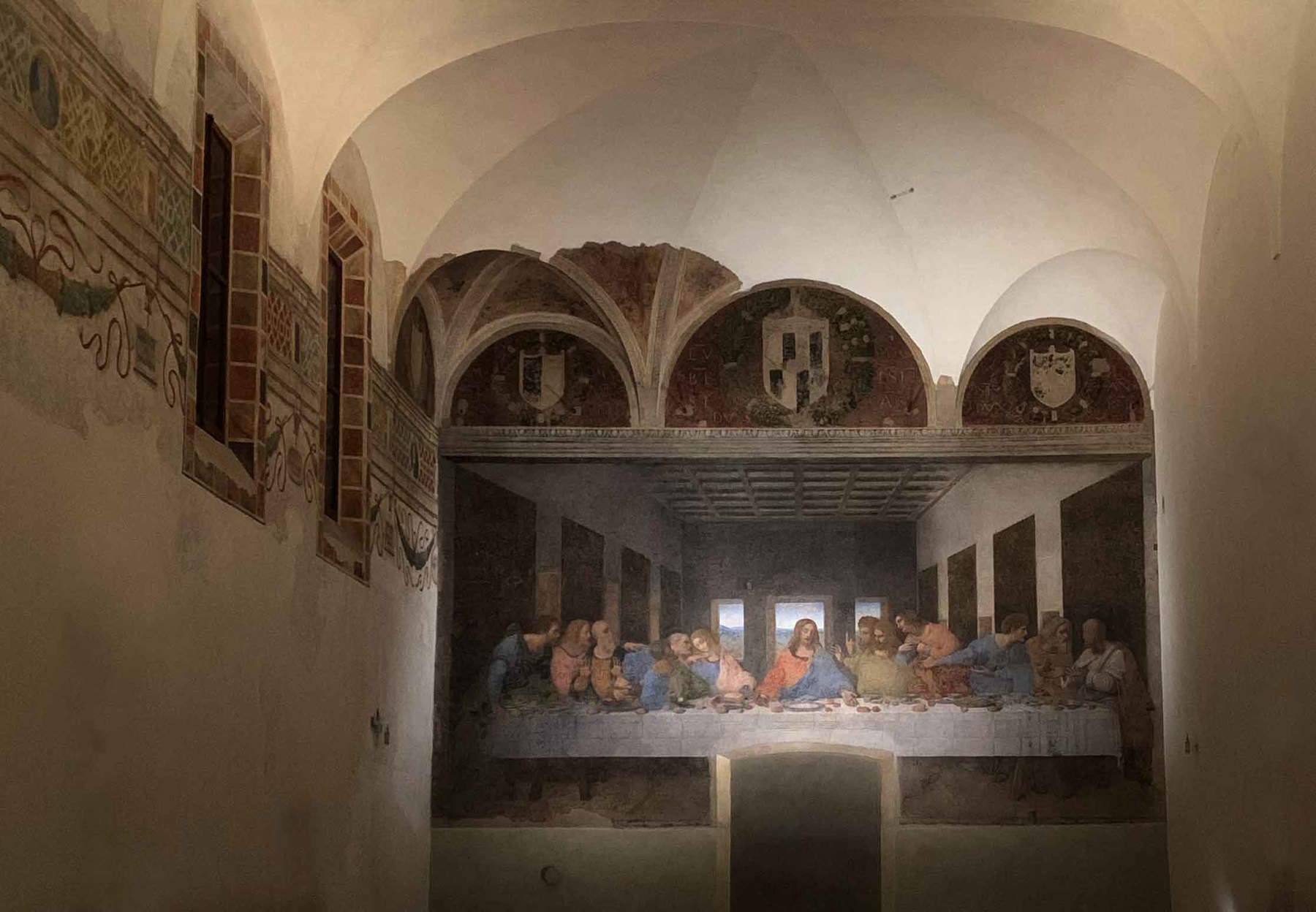Milan, the Last Supper Vinciano passes under the management of the Brera Art Gallery
In Milan, the Cenacolo Vinciano passes from the management of the Regional Directorate of National Museums of Lombardy to that of the Pinacoteca di Brera: the Cenacolo thus becomes dependent on the Braidense institute. The transition took place as part of the reform process of the Ministry of Culture (MiC), which began this year. The reform, desired by former minister Gennaro Sangiuliano, went through a decree that obtained the approval of the supervisory bodies on September 25, and introduces a new articulation of management offices and cultural institutes with special autonomy of non-general level. A detailed list of “Cultural Institutes and Places and other properties and/or complexes assigned to museums and archaeological parks and other cultural institutes and places with special autonomy” is published in Annex 2 of the decree.
The 14 general management level offices identified in the decree include some of the country’s most important cultural institutions, most notably the Brera Art Gallery. As part of the reform, the historic Milanese institution was assigned responsibility over some of Italy’s most prestigious cultural venues: the Cenacolo Vinciano, the Braidense National Library and Palazzo Citterio. So now Brera finds itself at the head of a Milanese museum hub that also includes the Last Supper, Leonardo da Vinci’s masterpiece and a UNESCO site.
The roots linking Brera and the Cenacolo Vinciano reach back into the past: the two institutes, Brera’s management points out, are linked by a common history of management, restoration and enhancement that has marked both institutes over time. As early as the beginning of the 20th century, in fact, the Cenacolo became a museum entrusted to the state thanks to Ettore Modigliani, who was director of the Pinacoteca di Brera from 1908 to 1937. This relationship was consolidated during the postwar period, thanks to Fernanda Wittgens, who was director of Brera from 1940 to 1957 and promoted a major restoration project to preserve Leonardo da Vinci’s work. The last restoration work on the Last Supper was carried out under the guidance of Carlo Bertelli, concluding with the contribution of Pietro Petraroia and Pietro Marani, again under the auspices of the Pinacoteca di Brera. Toward the end of the 1990s, when the concept of autonomy for museums was beginning to be discussed, Bruno Contardi, Superintendent at the time, envisioned Brera and the Cenacolo as a single large museum hub capable of representing Milanese culture in Italy and around the world.
“I am very happy with this assignment,” says Angelo Crespi, Director General of the Pinacoteca di Brera, "which first and foremost must be an assumption of responsibility towards a World Heritage site under the aegis of UNESCO and a work, such as The Last Supper, among the most important in the world and well-known in the history of art. The reunion of the Last Supper and Brera - already present in the mind and soul of Giuseppe Bossi, the first director general of the Pinacoteca, and then sanctioned a first time by royal decree in July 1882 when the Pinacoteca di Brera was disjoined from theAcademy of Fine Arts to form an autonomous office, under whose jurisdiction Leonardo da Vinci’s Last Supper and the Arch of Peace were placed-allowing the establishment of a great state museum pole in Milan on a par with, for example, the Uffizi Galleries or the Galleria dell’Accademia in Florence."
“In my perspective of the Great Brera whose contours I have already outlined and expressed in this first year of my mandate,” Crespi concludes, “and in view of a renewed alliance between the Pinacoteca and the Accademia for the enhancement and protection of the historic Brera complex, bringing the Last Supper back to its historic setting can only increase the strength of a project that will have important positive repercussions on both the Lombard and national museum systems.”
 |
| Milan, the Last Supper Vinciano passes under the management of the Brera Art Gallery |
Warning: the translation into English of the original Italian article was created using automatic tools. We undertake to review all articles, but we do not guarantee the total absence of inaccuracies in the translation due to the program. You can find the original by clicking on the ITA button. If you find any mistake,please contact us.





























